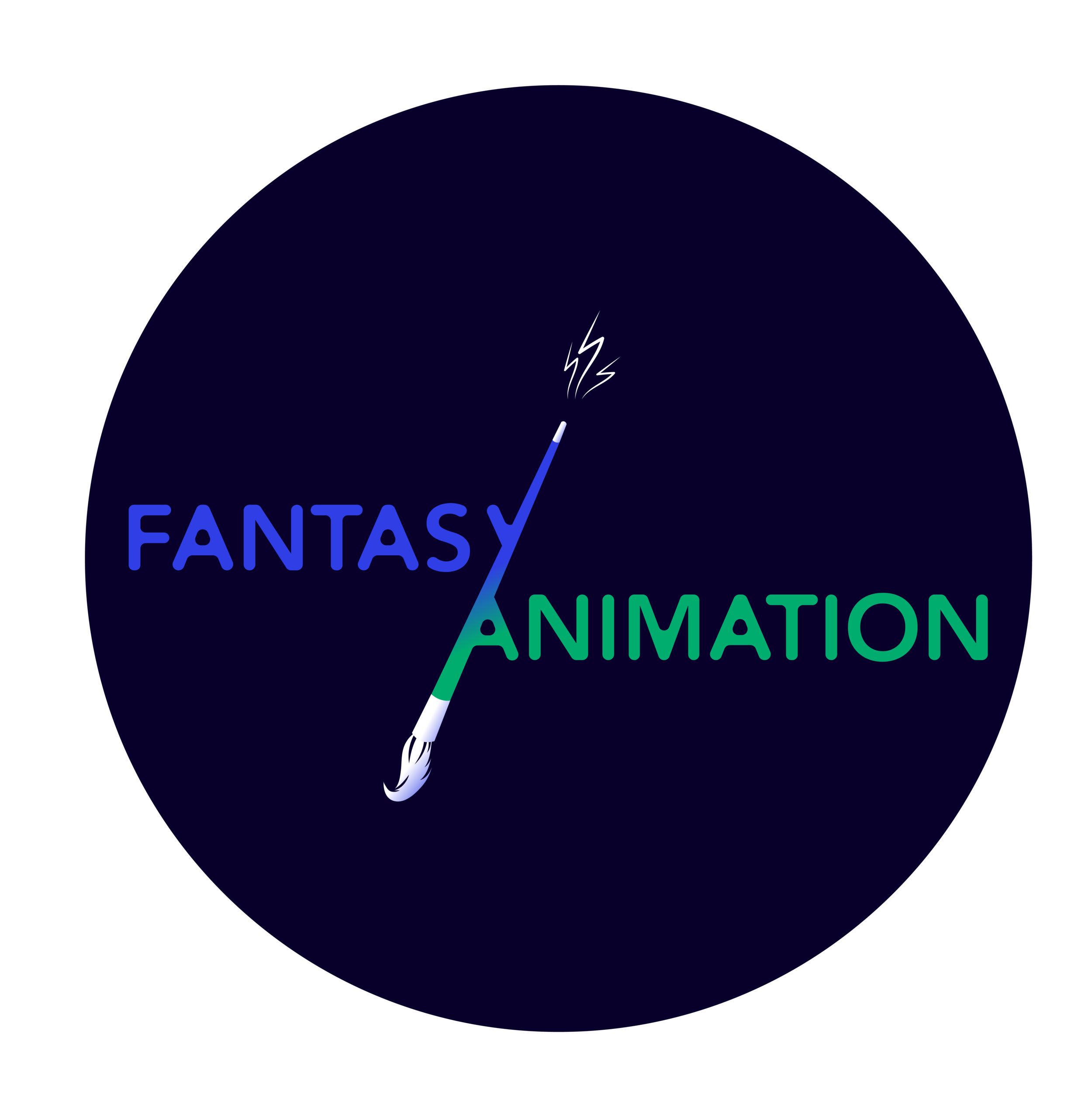Footnote #67 - Pepper's Ghost
The Fantasy/Animation podcast takes listeners on a journey through the intersection between fantasy cinema and the medium of animation. Available via Apple Podcasts, Spotify and many of your favourite podcast hosting platforms!
Inspired by the recent podcast episode on Casper (Brad Silberling, 1995) that featured a conversation with the film’s lead animator Mark Austin, Chris and Alex maintain the Halloween theme for this latest Footnote instalment that examines the spectacular imagery of “pepper’s ghost” - an illusion technique dating back to the earliest forms of stage magic that also found a home across multiple popular entertainment spaces and attractions. Topics include the origins of John Henry Pepper’s ghostly apparitions and the ‘trick’ mechanics of theatrical display; the techniques involved in the illusory creation of three-dimensional objects and the broader seduction of holographic effects; how and where the ‘live’ interactions between physical performers and transparent spectral figurations on stage moved into early silent cinema; and possible links between pepper’s ghost as a technique of illusion and contemporary digital holography (including ABBA Voyage [2022-]).
**Fantasy/Animation theme tune composed by Francisca Araujo**
**As featured on Feedspot’s 25 Best London Education Podcasts**
Suggested Readings
Bode, Lisa. 2010. “No Longer Themselves? Framing Digitally Enabled Posthumous “Performance”.” Cinema Journal 49, no. 4 (Summer): 46–70.
Bode, Lisa. 2018. ““It’s a Fake!”: Early and Late Incredulous Viewers, Trick Effects, and CGI.” Film History 30, no. 4 (Winter): 1–21.
Ng, Jenna, and Nick Bax. 2023. “Spooker Trouper: ABBA Voyage, Virtual Humans and the Rise of the Digital Apparition.” Paragraph 46, no. 2: 160-175.
Ng, Jenna. 2021. The Post-Screen Through Virtual Reality, Holograms and Light Projections: Where Screen Boundaries Lie. Amsterdam: Amsterdam University Press.
Williamson, Colin. 2011. “The Blow Book, Performance Magic, and Early Animation: Mediating the Living Dead.” animation: an interdisciplinary journal 6, no. 2: 111–126.

